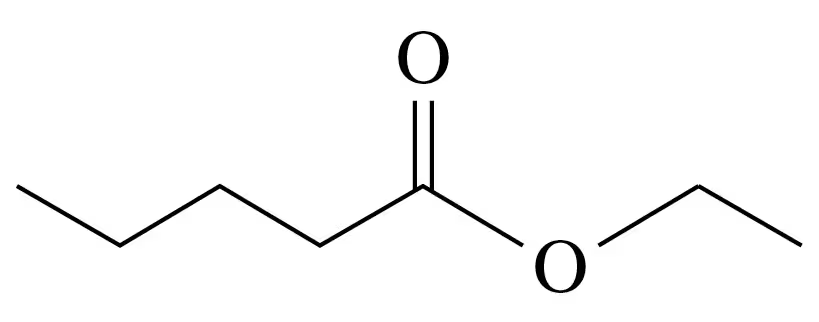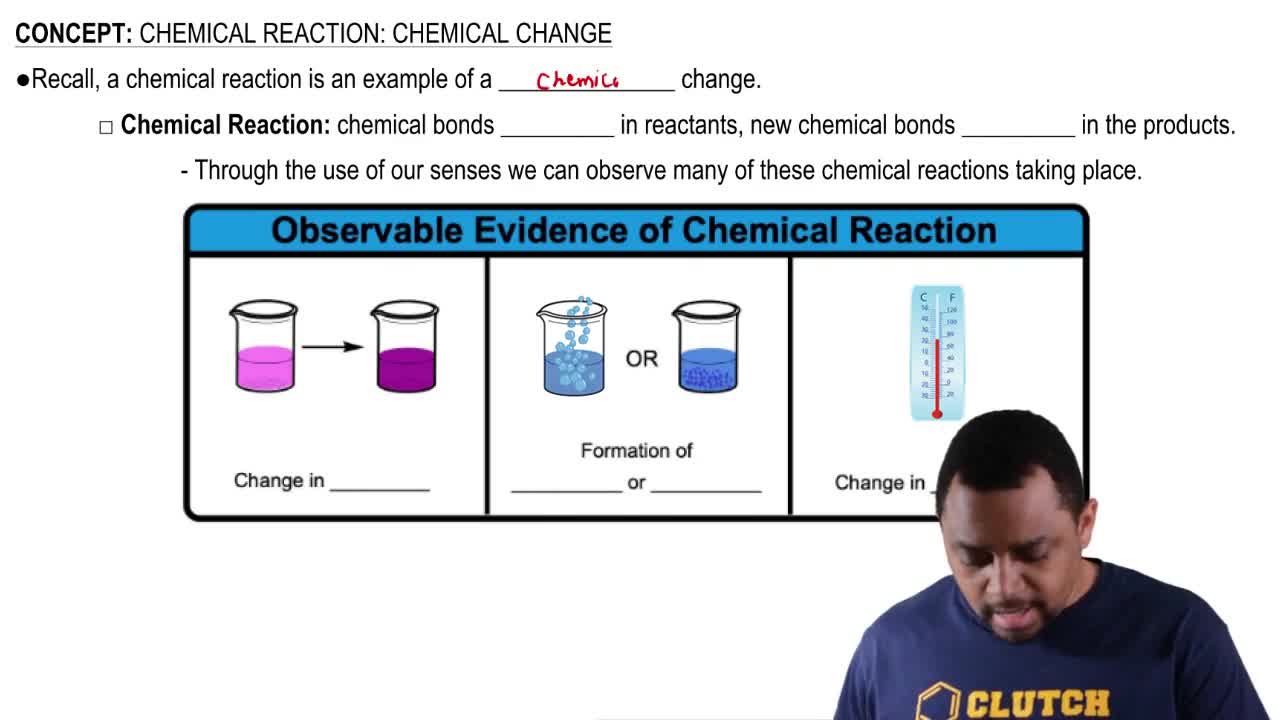What is the ester responsible for the flavor and odor of the following fruit?
c. apricot

 Verified step by step guidance
Verified step by step guidance Verified video answer for a similar problem:
Verified video answer for a similar problem:


 :59m
:59mMaster IUPAC Rules for Naming Esters Concept 1 with a bite sized video explanation from Jules
Start learning